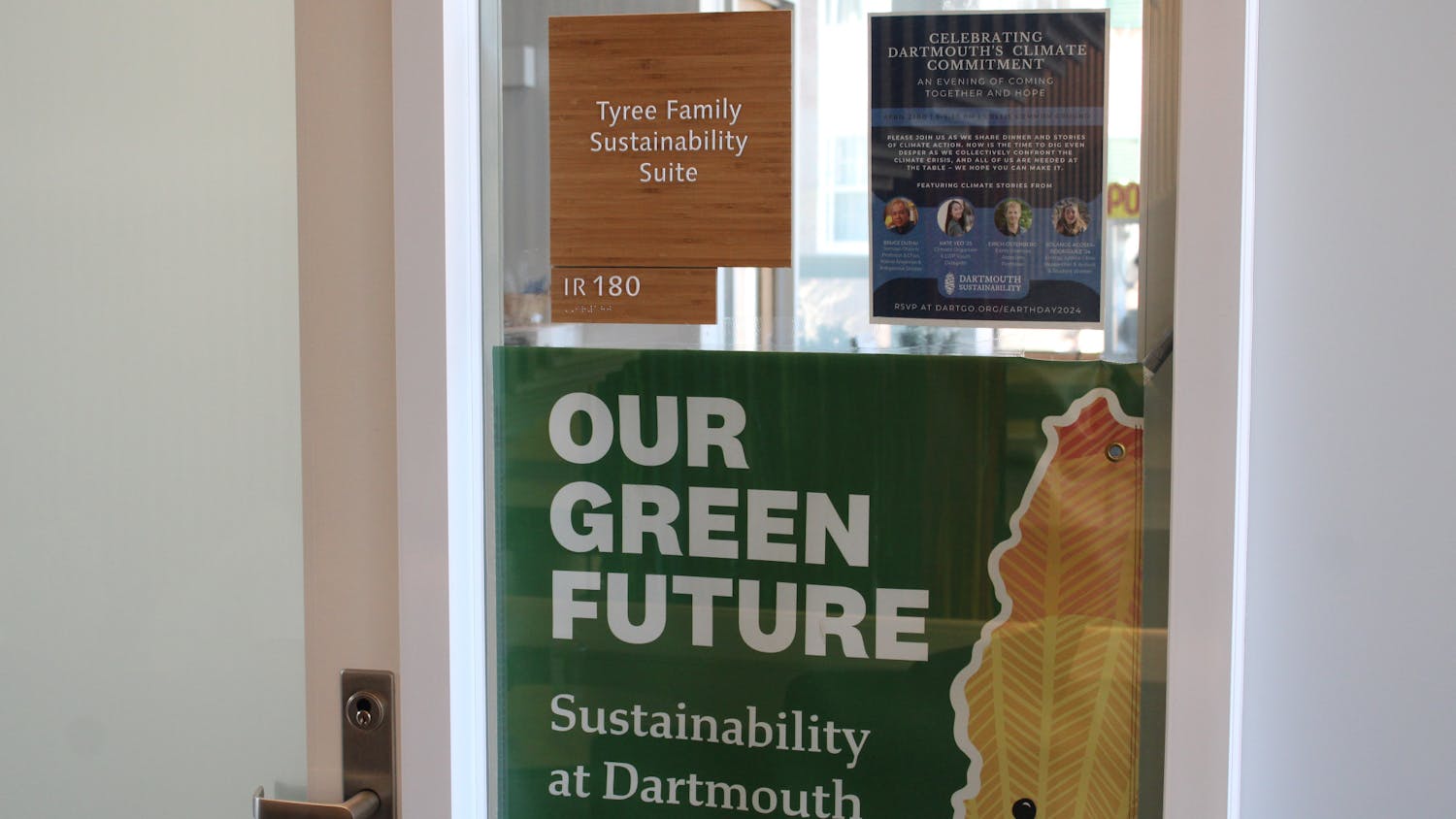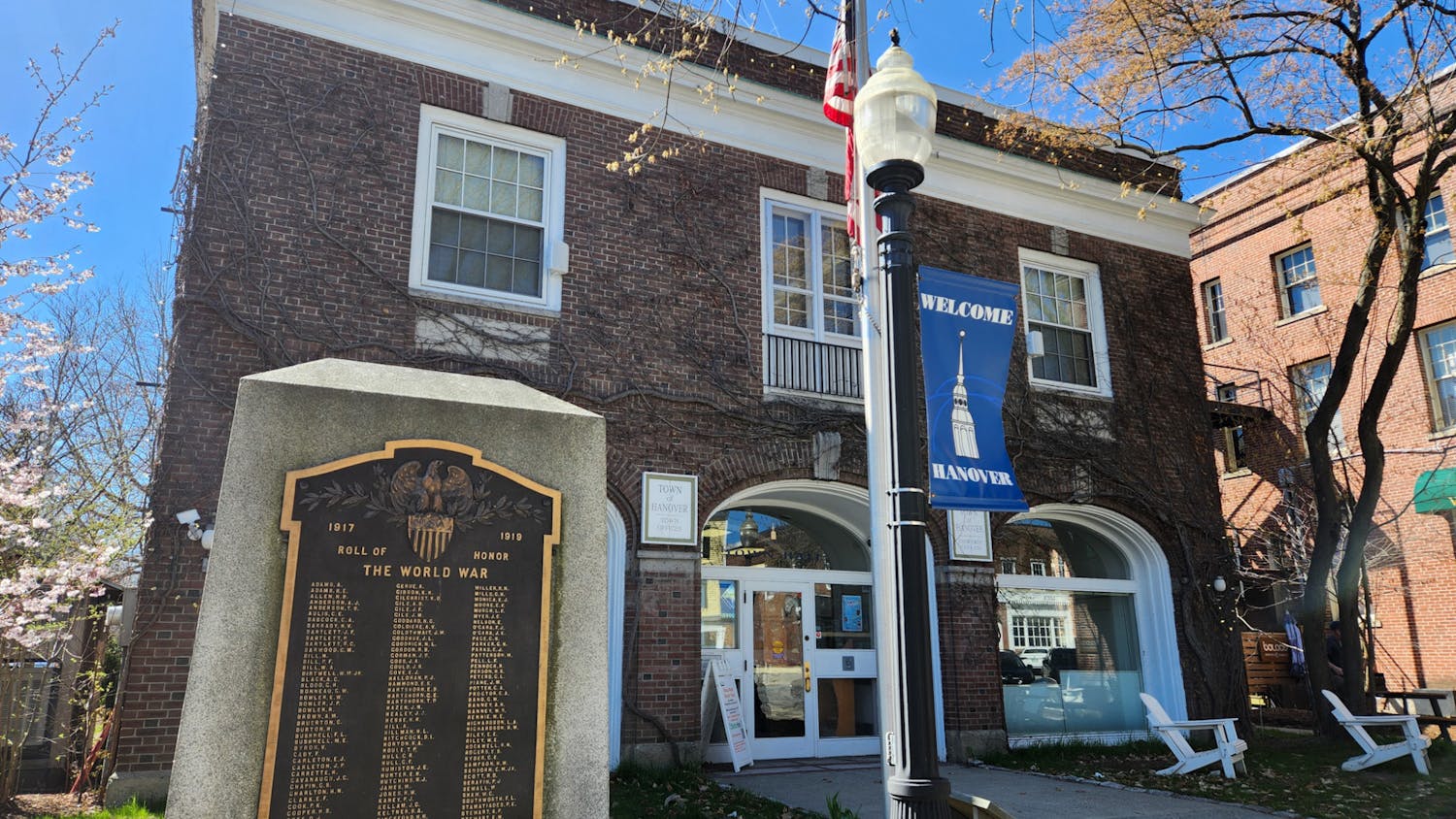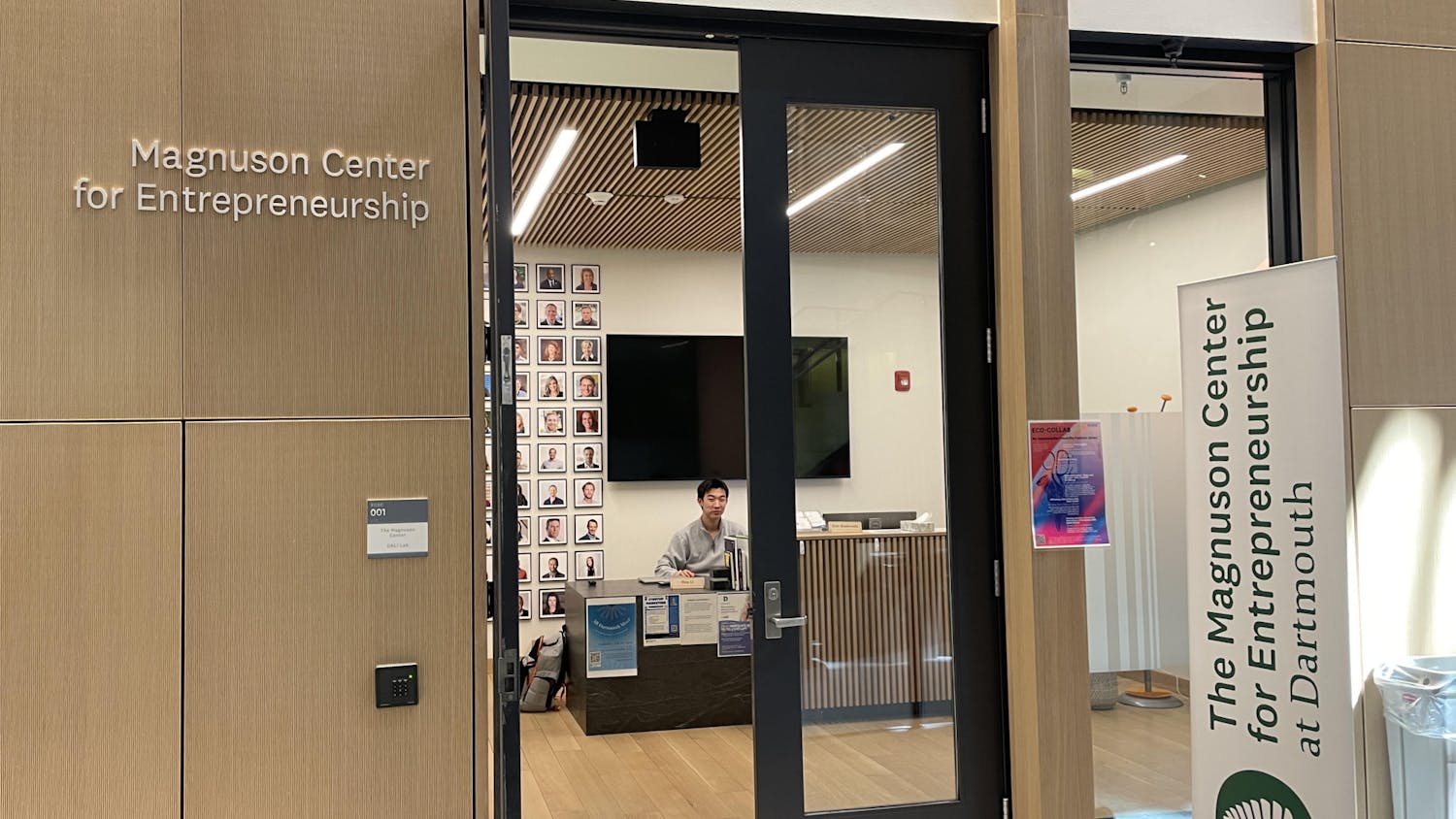Strong U.S. equity markets, venture capital and private equity returns were all factors that propelled positive returns on the College’s endowment for the 2018 fiscal year. Dartmouth’s endowment reached an all-time high value of $5.5 billion for the 2018 fiscal year. The endowment returned a net 12.2 percent, earning the College $591 million in investment gains, in addition to $183 million in gifts and other net transfers.
For the past five, 10 and 20 fiscal years, the endowment yielded annualized returns of 10.6 percent, 7.6 percent and 9.8 percent, respectively. According to a College press release, Dartmouth’s investment goal is to generate inflation-adjusted investment returns greater than distribution and operational costs.
Economics professor Bruce Sacerdote ’90 said that the College’s high returns can be attributed to partnerships with notable investment managers that allow it to maintain a successful long-term investment strategy.
“[Dartmouth] is known for finding managers that deliver alpha — that deliver performance,” Sacerdote said. “Not only are these risky categories that deliver good returns, but the College is finding managers that deliver alpha on top of those good returns. It’s not easy to find.”
Sacerdote added that Dartmouth’s status as a prestigious and well-connected institution allows it to work with top-tier investment managers.
“We’ve got a lot of social capital in the trustees and the investment officers,” he said. “Good managers want to manage money for the College because it is well-known, and we’re known as a quality place.”
Chief financial officer Mike Wagner said that given the volatility of returns, the College focuses heavily on its long-term investment strategy.
“It’s really over the long-term that the endowment is invested and allocated, so we’re trying to have a diverse allocation of investments that can sustain all different kinds of up-and-down markets over time, so that [the endowment] will always be there for Dartmouth,” Wagner said. “We don’t want to put it at risk in one year of deteriorating by an excessive amount compared to the market.”
He added that typically 25 percent of the endowment is allotted for operations and spent improving various aspects of campus. For fiscal year 2018, Dartmouth’s spending distribution from the endowment was $237 million.
“That $237 million for operations is spent all over campus,” Wagner said, adding that it is spent on facilities and operations as well as the College’s financial support. “It is spent on facilities, operations and maintenance. It supports a little less than half of the undergraduate financial aid that is awarded to undergraduate students. It supports professor salaries, and compensation and research activities that professors engage in.”
The College’s chief investment officer Alice Ruth said the full endowment report will be published later this fall, declining to comment further.
Dartmouth is the first Ivy-League institution to release its investment returns for the fiscal year 2018, but has typically ranked among the institutions with the highest returns. The College’s FY2017 returns of 14.6 percent were the highest in the Ivy League.
“Other Ivies and other ‘well-endowed’ institutions that have large endowments are going to have the same sources as us,” Wagner said. “They’re always fundraising for new gifts and campaigns that every school does. They will generally invest in a similar mix of types of investments and really try to diversify across regions of the world so there’s no over reliance on any one region, manager or type of investment.”
Wagner added that because other “well-endowed” institutions employ similar investment strategies, net investment return numbers across these schools are generally similar.
“They will all have investment results that are in a pretty tight range,” he said. “A few will be better than 12 percent, a few will be worse than 12 percent, but I think Dartmouth will be comparable and better than some, and perhaps not as good as some others.”
According to Wagner, institutions with higher endowments per student are able to use a higher percentage of the endowment for spending each year.
Princeton’s budget from its endowment is near 50 percent while the College’s is 25 percent, Wagner said. “That’s because their endowment per student is just a lot higher, so they can spend more on their total budget from endowment than what we’re able to spend,” he added.
Sacerdote said the growing endowment allows the College to achieve certain goals only possible with financial support.
“There’s some ideas where we’re not there yet, but we hope to be,” he said. “For example, the commitment to graduate students loan-free, or the idea that we could be need-blind in admitting international students or have better housing for students. [The endowment] enables the future of Dartmouth to just make it better and better and better.”
Chair of the board of trustee’s investment committee Rick Kimball ’78 declined to comment.
Rachel is a '21 from Plainsboro, NJ and is currently serving as the editor-in-chief of the 177th directorate. She is pursuing a double major in economics and philosophy.



